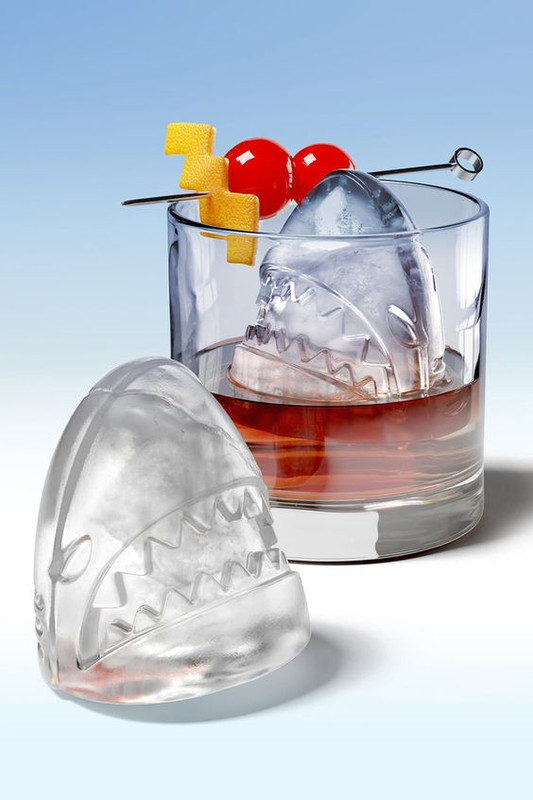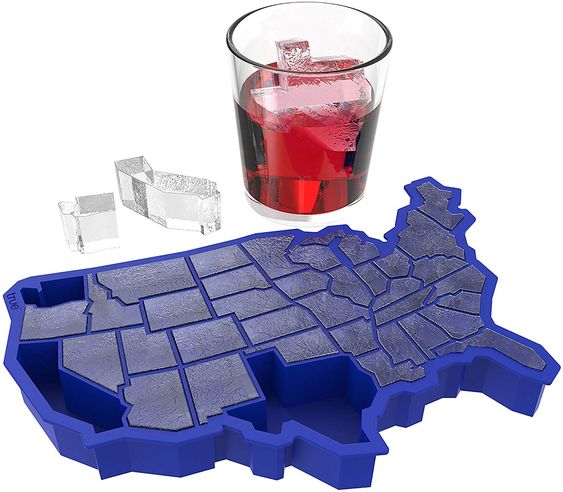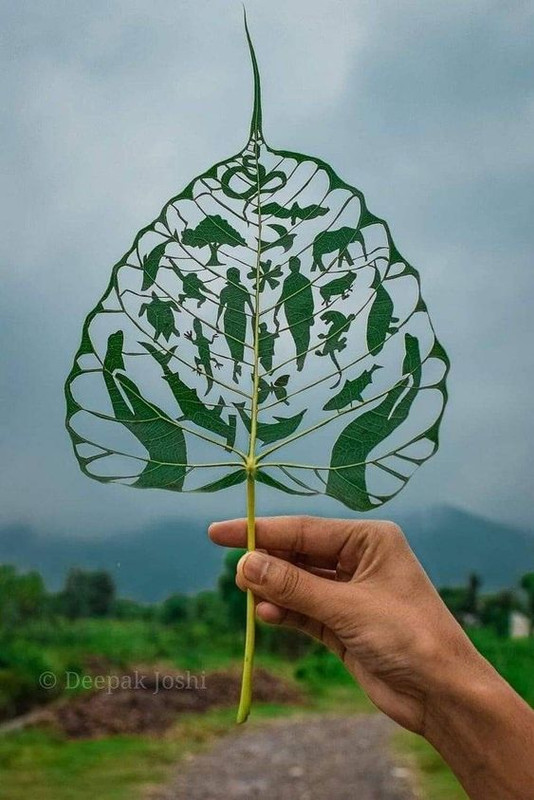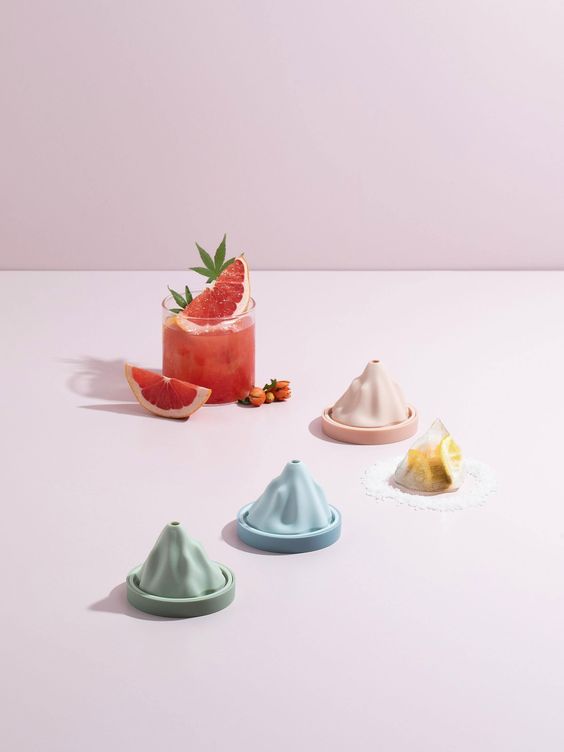Revolutionize Your Drinks: Eco-friendly Custom Ice Cube Molds

The ice cube mold industry is witnessing a remarkable upswing, with forecasts predicting a robust 6.5% compound annual growth rate, culminating in a market worth $1.2 billion by the year 2030. This surge is largely fueled by an increasing appetite for ice cubes in diverse domains such as the culinary and beverage sector, as well as pharmaceutical and healthcare industries. Interestingly, this expansion isn’t just limited to brick-and-mortar stores; it’s also making a significant impact in the digital marketplace, where environmentally conscious ice cube molds are poised to take a substantial slice of the market pie in the foreseeable future.
With the advent of the warmer months, there’s a noticeable spike in the demand for ice cube molds, propelled by the spirit of familial reunions, al fresco activities, and jubilant festivities, thereby broadening the market’s horizon.

Eco-Friendly Materials Overview
In the innovative sphere of customized ice cube molds, the shift towards sustainable materials is making a significant dent in the ecological footprint. The conventional plastic variants are notorious for disintegrating into microplastics, which are detrimental to our planet and health. However, the rise of biodegradable alternatives like PLA (Polylactic Acid) and PBAT (Polybutylene Adipate Terephthalate) heralds a new era where decomposition aligns with environmental well-being, provided certain conditions are met.
For those eyeing customized ice cube molds, it’s crucial to weigh the material’s degradation prerequisites against its functionality. Take PLA, for instance; it’s a stellar choice for sturdy items such as clear containers, albeit its vulnerability to hydrolysis is a drawback. Conversely, PBAT shines with its superior pliability and capacity to form films, making it a go-to for softer mold designs.

Choosing Eco-Friendly Materials
In the quest for sustainability within the United States, the selection of eco-friendly materials is increasingly aligning with stringent EPA guidelines, such as the Comprehensive Procurement Guideline (CPG) program, which sets forth the recycled content standards for products. Moreover, the California Air Resources Board (CARB) certification stands as a pivotal environmental yardstick, encompassing a broad spectrum of criteria including energy conservation, emission curtailment, and the absence of toxic substances, all aimed at safeguarding human health and preserving the sanctity of our natural surroundings.
Zooming in on the niche of ice cube molds, the global market valuation for these handy kitchen gadgets stood at an impressive $951.8 million in 2023. Looking ahead, the market is poised to balloon to an estimated $1502.9 million by the year 2030, cruising at a compound annual growth rate (CAGR) of 6.7% from 2024 to 2030. This trajectory underscores a burgeoning market with eco-conscious material choices at the helm of this growth spurt.
Advantages:
- Eco-friendliness: The hallmark of eco-friendly materials lies in their negligible ecological footprint. These materials are typically renewable and inflict minimal environmental damage throughout their lifecycle, from production to disposal.
- Human safety: A significant number of these materials are devoid of noxious chemicals like formaldehyde, rendering them a safer choice for consumers.
- Energy and resource conservation: The manufacturing process of eco-friendly materials often prioritizes energy and resource efficiency, thereby contributing to a cleaner carbon footprint.
Disadvantages:
- Cost: The financial aspect of eco-friendly materials can be a hurdle, as they tend to be pricier than their conventional counterparts, which may sway consumer purchasing decisions.
- Quality and stability: The diverse array of raw materials used in eco-friendly products can sometimes translate to variability in quality and stability, necessitating more intricate processing techniques during production.

Application of Eco-Friendly Materials in Custom Ice Cube Molds
When it comes to integrating eco-conscious materials into the design of custom ice cube molds, it’s imperative to acknowledge their impact on the final product’s aesthetic and practicality. Designers are tasked with striking a harmonious balance between ingenuity and utility. For instance, opting for recyclable silicone over conventional plastics not only lessens the environmental toll but also broadens the spectrum of colors and shapes, thereby elevating the allure of the product.
In the realm of application, the selection of eco-friendly materials is a critical determinant of the resilience and safety of ice cube molds. Bioplastics, derived from organic sources such as cornstarch and devoid of harmful BPA, champion environmental and human well-being. Yet, this choice may compromise the material’s thermal stability, a pivotal consideration in the design process.
The market is already showcasing pioneering instances, such as custom ice cube molds crafted from food-grade silicone. This material excels in enduring elevated temperatures, simplifies the cleaning process, and safeguards the integrity of food without resorting to chemical additives.
User Guide
As the mercury rises and the days grow longer, the market for eco-friendly ice cube molds is set to chill the competition. By 2031, industry analysts forecast a cool uptick in the global ice mold sector, a testament to the burgeoning consumer appetite for sustainable household items. These molds aren’t just about keeping your beverages frosty—they’re a statement of your commitment to Mother Earth.
Here’s a quick guide for those looking to make a splash with eco-friendly custom ice cube molds:
- Material Matters: Embrace molds crafted from materials that give back to the earth, like recyclable silicone, enduring stainless steel, or natural bamboo fiber.
- Durability and Safety: Choose molds that can take the heat (and the cold), are a breeze to clean, and don’t release any nasties, ensuring they’re safe companions for the long haul.
- Design and Functionality: Seek out molds that marry form with function—think ergonomic non-slip grips and designs that let the ice slip out with ease.
To keep your eco-friendly molds in tip-top shape:
- Cleanliness is Key: Regular cleaning keeps them hygienic and extends their life.
- Inspect Before You Chill: Retire any molds showing signs of wear and tear to maintain the quality and safety of your ice.
- Care as Recommended: Always store and care for your molds as per the wisdom of the manufacturer’s manual.
Conclusion
Research forecasts that by 2027, the global eco-friendly furniture market will reach $50.1 billion. For the specific category of ice cube molds, the market has introduced various eco-friendly materials, such as bio-based and recyclable plastics, offering alternatives to traditional plastics. These materials reduce reliance on fossil fuels and lower the carbon footprint throughout the product lifecycle.
When purchasing, consumers should pay attention to eco-friendly labels, and understand material sources, and sustainability. Moreover, proper use and maintenance are key to ensuring product efficacy and longevity.




















